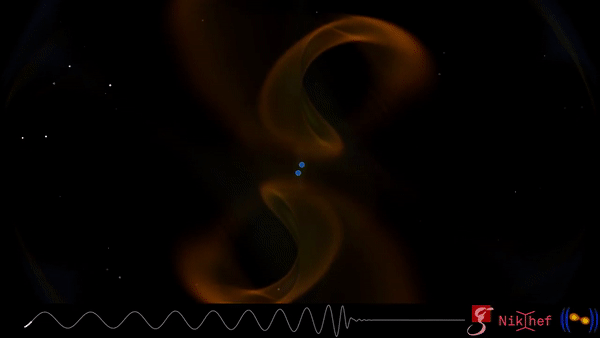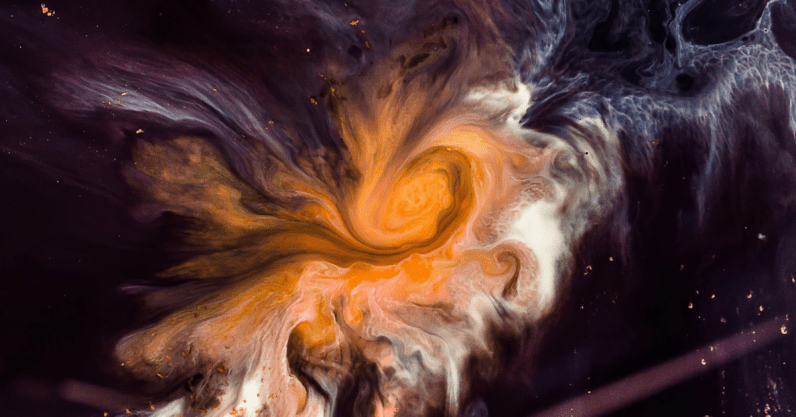Quark matter may join solid, liquids, gases, and plasmas as a newly-understood state of matter. Far from being exotic, a new study suggests that quark matter could make up a large percentage of the mass of some neutron stars.
Normal matter, out of which most stars are made, consists of atoms made up of positively-charged protons and/or neutral neutrons in their nucleus, surrounded by clouds of negatively-charged electrons. Under enormous gravitational forces, these electron clouds shatter, forming a “soup” of subatomic particles called nuclear matter.
Further compression merges electrons and protons, forming additional neutrons. This process creates neutron stars, like giant atomic nuclei the size of cities, composed largely of protons and neutrons. These spheres of subatomic particles are so dense that a thimbleful of this material would weigh more than Mount Everest.

These neutron stars can remain stable for long periods of time, but new research shows that even neutrons in the cores of these stars may, themselves, come apart under the immense pressure. Neutrons and protons are each composed of three quarks (even more elementary particles), which could be released by the enormous pressure, the study relates.
This process could, theoretically, lead to the production of neutron stars with quark cores. Although this idea was first suggested decades ago, the means to test the theory have, so far, proved fruitless, as even supercomputers are unable to do the myriad of calculations needed to test such a model.
By studying gravitational waves (ripples in spacetime) produced by collisions of neutron stars, and combining that data with theoretical predictions of nuclear reactions, a team of researchers in Finland believe they found a means to search for quark matter.
If matter within these bizarre collapsed stars behaves as this study suggests, then at least some neutron stars could possess quark cores more than half the size of the remains of the dead star.
“Confirming the existence of quark cores inside neutron stars has been one of the most important goals of neutron star physics ever since this possibility was first entertained roughly 40 years ago,” said Aleksi Vuorinen, Associate Professor in the Department of Physics at the University of Helsinki.
It may be possible (although not likely) that some stars are composed entirely of nuclear matter, researchers speculate. However, such bodies would possess certain highly-unusual characteristics — for one thing, the speed of sound within the material would be greater than half the speed of light within the body.

